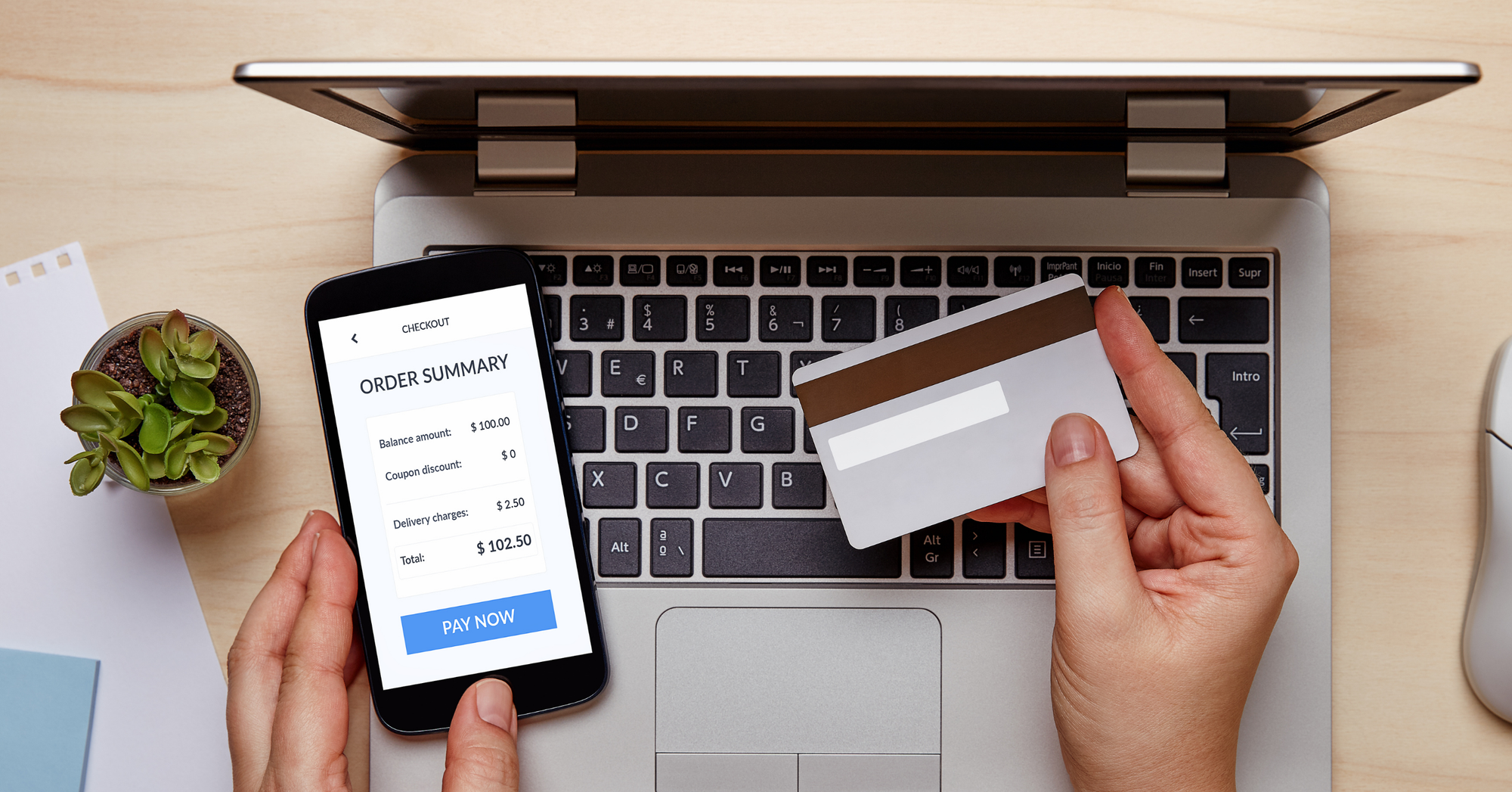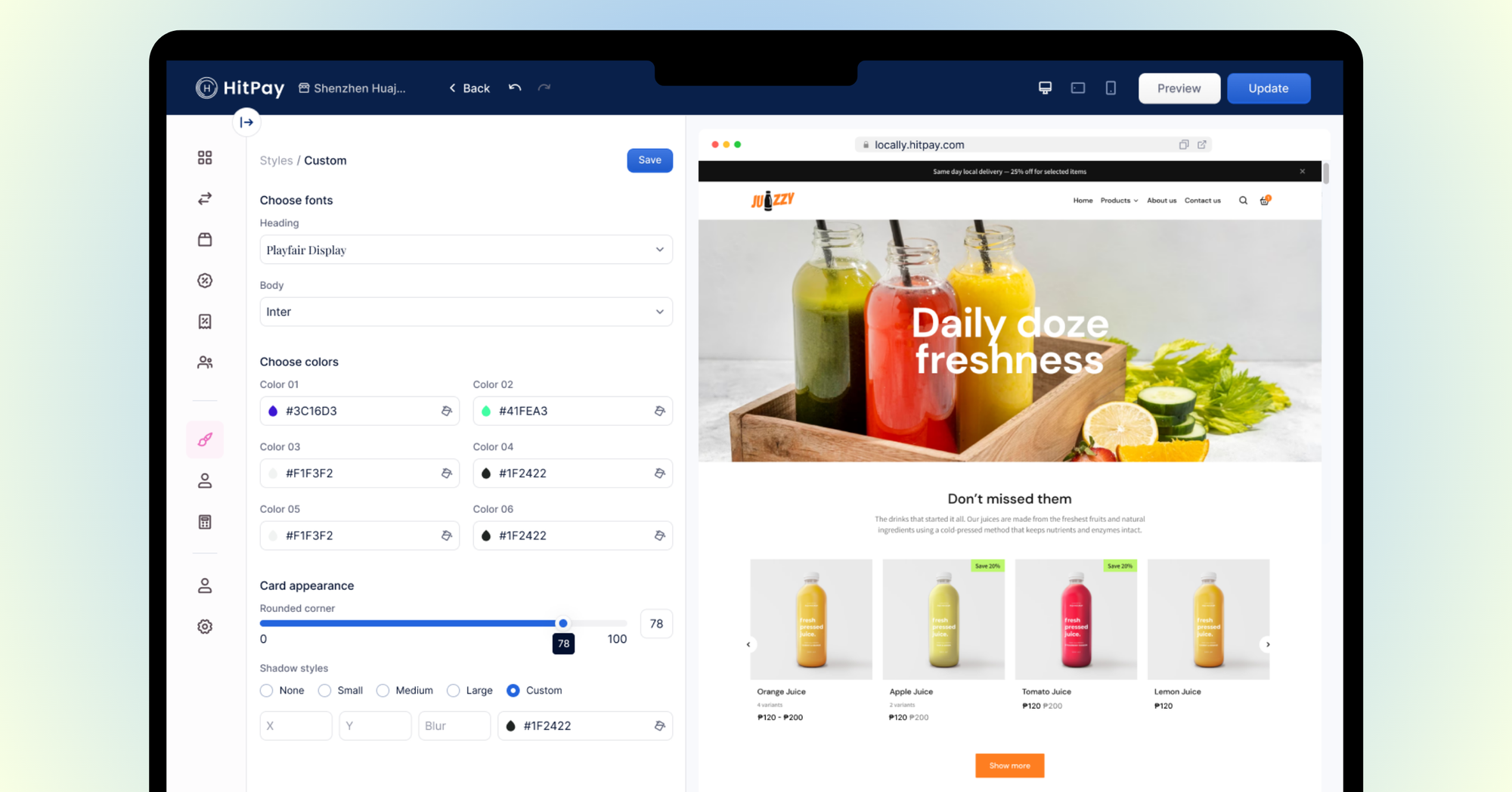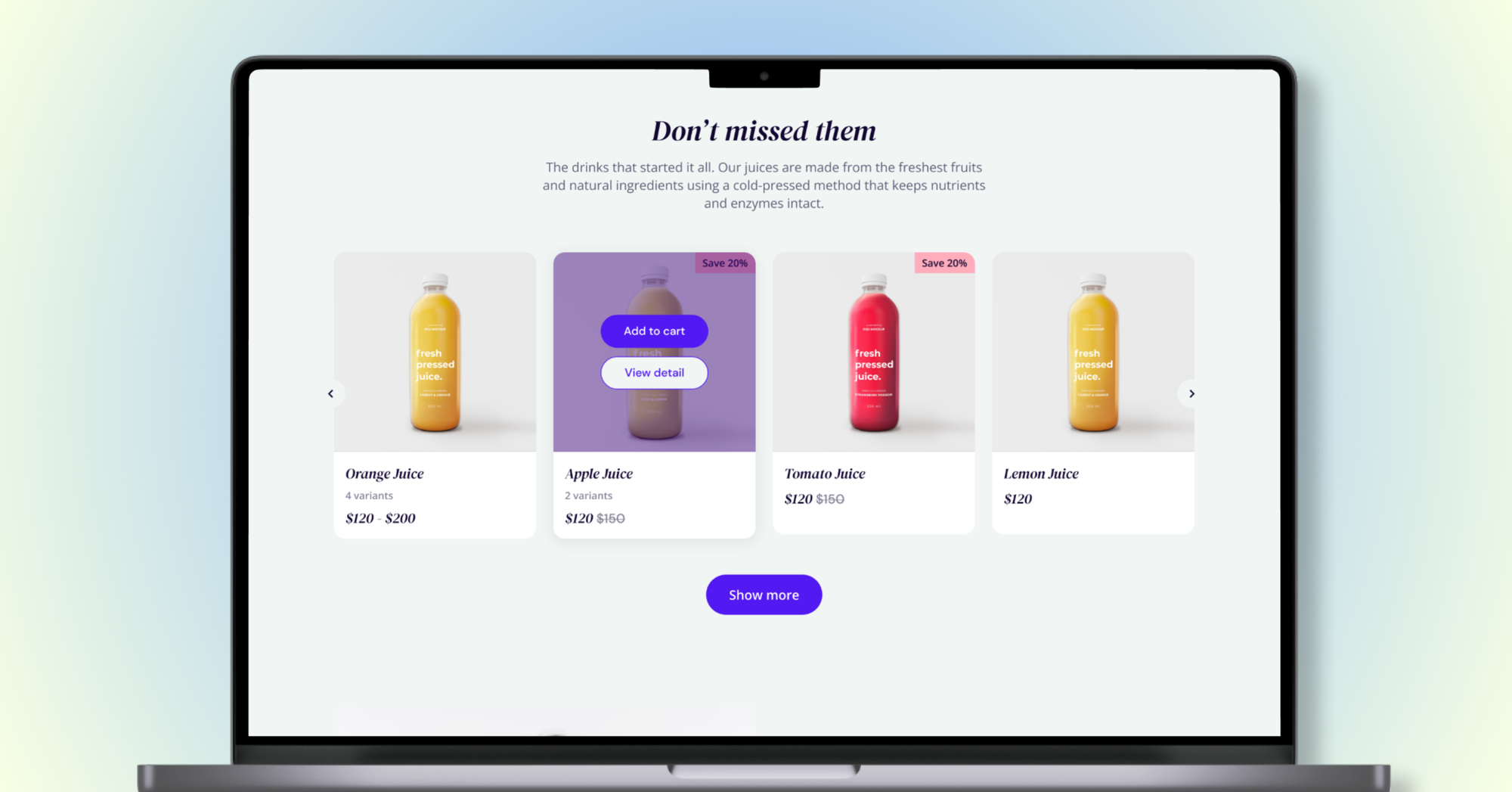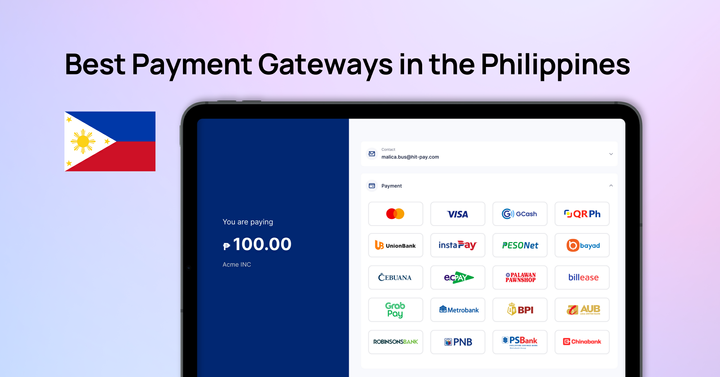Digital Product Ideas You Can Sell Online: A Complete Guide
The article provides a guide to different examples of digital products, covering product ideas like eBooks, courses, and templates. It offers insights on choosing the right products, setting up an online store, marketing strategies, and the pros and cons of selling digital versus physical goods.


Selling digital products through an online store is an excellent way to turn your skills and creativity into a profitable business. Whether you’re offering eBooks, online courses, or templates, these products allow you to reach a global audience with minimal upfront costs.
HitPay, a trusted payment platform supporting over 15,000 businesses across Southeast Asia and beyond, can help you manage your transactions efficiently as you grow your online store.
In this guide, we’ll take you through some examples of digital products, and what the key steps to start selling digital products online. You’ll learn how to choose the right products, set up your store, and market your offerings effectively.
Key Takeaways
- Digital products have low overhead costs and allow for high scalability.
- You can sell a variety of digital goods, including courses and templates, online.
- Online marketplaces provide essential insight into trending products.
- Creating digital products requires minimal upfront investment and eliminates complex inventory management.
- Understanding your buyer persona is crucial for successful online selling.
What Are the Best Digital Products to Sell Online?

Choosing the right digital products to sell online is crucial for success in e-commerce. Digital products are increasingly popular because they appeal to a wide audience and don’t require physical storage, which reduces costs.
Both new and experienced entrepreneurs can benefit from selling digital products, as they offer flexibility and scalability.
Types of Digital Products That Are In Demand
There is a growing demand for various types of digital goods, making them an attractive option for online sellers. Some of the most popular types include:
- Ebooks: These are easy to produce and can cover a wide range of topics, from fiction to self-help.
- Online Courses and E-learning Resources: With the e-learning industry expected to reach $840 billion by 2030, educational content is a rapidly expanding market.
- Stock Graphics and Templates: Designers and content creators often seek out these resources for their projects.
- Software and Apps: These can be anything from productivity tools to mobile games, offering recurring income through subscriptions or one-time purchases.
- Audio Files: This category includes music, podcasts, and sound effects, catering to both creators and consumers.
Digital products like these are becoming essential as more people seek convenient and accessible content online.
Physical Product vs. Digital Product: What to Choose?
The decision between selling physical or digital products depends on your business goals and resources. Digital products are generally easier to deliver, less costly to produce, and involve fewer risks related to inventory management.
Unlike physical products, digital goods don’t require storage or shipping, which can significantly reduce overhead costs.
However, physical products may offer a different kind of customer experience and can often be priced higher. It’s important to consider that some online platforms may take substantial commissions which can impact your profitability.
Understanding the pros and cons of each type will help you make the best choice for your business.
What Are Some Creative Digital Product Ideas?
Exploring creative digital product ideas can lead to new opportunities for generating income and expressing creativity.
Digital Art: A Unique Product Idea
Digital art is rapidly gaining traction in the digital marketplace, providing artists with numerous opportunities to monetise their creative talents. Artists can sell their creations in various formats, including downloadable files like JPEGs or PNGs, which customers can print themselves, and high-quality prints shipped directly to buyers.
These digital formats allow artists to reach a global audience without the constraints of physical inventory or shipping costs. For instance, digital art has become an increasingly popular option, and the market size is expected to reach US$ 12.1 Bn by 2030, allowing artists to monetise their work and share it with a global audience. This type of product taps into the rising demand for visually appealing content that can be used both online and offline.
Social media platforms such as Instagram, Pinterest, and TikTok are invaluable tools for artists to showcase their work, engage with their audience, and build a loyal following.
As of January 2024, in the Philippines alone there were 49 million TikTok users, making it one of the most influential platforms for reaching a broad and engaged audience. The platform’s algorithm, which emphasises content discovery, allows artists to reach potential buyers beyond their immediate follower base.
These platforms not only serve as a portfolio but also as marketing channels where artists can promote their products, interact with potential buyers, and even collaborate with other creatives.
Design Templates: A Profitable Digital Product
Design templates are another excellent digital product idea with strong earning potential. These templates are used for a wide range of purposes, including presentations, resumes, and social media posts.
They are highly valued because they help users save time while enhancing the visual appeal of their projects. With the increasing trend of online learning and remote work, the demand for professional and user-friendly templates is expected to continue growing.
By offering design templates, you can cater to a market that prioritises aesthetics and efficiency.
How to Start Selling Digital Products Online?

Getting started with selling digital products online involves understanding the process of product creation, selecting the right platforms, and implementing effective marketing strategies. This guide will provide you with the essential steps to successfully enter and thrive in the digital marketplace.
Steps to Create Your Digital Product
Begin by brainstorming innovative ideas that align with both your skills and market demand. Once you have a solid concept, proceed to design and develop your product.
After the initial creation, it’s important to test your product and refine it based on feedback to ensure it meets customer expectations. This development process is crucial, presenting a significant opportunity for new creators to enter the digital sales space.
Best Platforms to Sell Digital Products
Choosing the right places to sell your digital goods is important. You might use big marketplaces like Etsy or Creative Market, which focus on digital items.
These sites help you reach many people without the work of running your own site. But, having your own website gives you more control and a chance to brand yourself.This also requires setting it up correctly, including creating an engaging landing page and integrating reliable payment tools, such as HitPay, to facilitate a smooth and easy purchasing process.
Tips for Marketing Digital Products Effectively
Good marketing is really important for your digital product to succeed. Use social media to connect with your customers; for example, sharing videos can increase the number of visitors to your website by up to 157%. Email marketing is another great way to let people know about your products and any special deals.
Creating a community around your products can help make customers loyal, and they might even recommend your products to others. By using simple and smart marketing strategies, you can stand out in the digital market and attract more customers.
How to Market Digital Products Successfully?
To successfully market digital products, it's important to use a variety of strategies. Combining email marketing, social media, and community building can help you effectively reach and engage potential buyers.
Email Marketing Strategies for Digital Goods

Email marketing is one of the most effective tools for promoting digital products. It often provides the highest return on investment compared to other marketing methods.
Research shows that content marketing works so well that 73% of B2B marketers and 70% of B2C marketers use content marketing as part of their overall strategy.
Before launching your product, you can generate excitement by sending out teaser email campaigns to build anticipation among your audience.
Building a strong email list is essential. It allows you to communicate directly with your customers, sharing updates, special offers, and new product launches.
Using Social Media to Sell Digital Products
Social media is a powerful platform for selling digital products because it allows you to connect with a large audience. Platforms like Instagram and Facebook are particularly useful for targeted advertising. You can reach specific groups of people based on their interests and demographics.
Collaborating with influencers can further enhance your product’s visibility. Influencers have established trust with their followers, and their endorsement can increase the credibility and appeal of your product.
Building Online Communities to Promote Your Products
Creating a community around your brand is key to fostering customer loyalty. Engaging with your community allows you to gather valuable feedback and helps customers feel more connected to your brand. Platforms like Discord or Facebook Groups provide spaces where customers can discuss your products and share their experiences.
Hosting events such as challenges or online summits can generate interest and create opportunities for potential customers to engage with your products. These events can also help build a sense of community among your customers.
Mastering these strategies will help you connect more effectively with customers and drive sales growth. By integrating email marketing, social media, and community engagement, you can create a well-rounded marketing approach that strengthens your brand and boosts your digital product sales.
What Are the Challenges of Selling Digital Products?

Selling digital products can be very profitable, but it also has some challenges. Knowing these challenges is important to succeed in a competitive market.
Digital products can be copied and sold many times without extra cost, but they also face a lot of competition. This means you need to market them in a way that makes them stand out.
Common Obstacles When Selling Digital Products Online
The digital market has its own problems, like having too many choices for customers and difficulties with pricing. Many creators find it hard to keep up with new technology, which changes quickly.
There is also a risk of cyberattacks that can damage your business, so strong security is needed to protect your ideas and customer information. Technical problems can also make customers unhappy, so it’s important to fix these issues quickly.
How to Handle Customer Support for Digital Goods
Helping customers with digital products has its own challenges, especially since you can't talk to them face-to-face. You need new ways to build trust and show you are reliable online. Responding quickly and giving clear answers is important.
Making sure your product is easy to use and comes with good instructions can also reduce the number of support requests. Solving problems fast can make your customers happier and more loyal.
Protecting Your Digital Content from Piracy
Keeping your digital content safe from being shared without permission is very important. Legal steps like copyright and trademarks can help protect your work, but you also need technical solutions.
Using Digital Rights Management (DRM) tools can prevent others from sharing your work without your consent. Protecting your content from piracy early on helps keep it safe and improves your brand's reputation.
Get Started With HitPay’s Secure Online Store

Digital products are becoming more popular and present numerous opportunities for making money. The digital gaming industry has already generated billions, and sales of online courses and eBooks are expected to grow rapidly in the near future.
These products are appealing because they can be distributed instantly, are cost-effective, and have the potential to scale up quickly.
To succeed in this space, it's essential to have a solid plan and effective marketing strategies. Creativity and adaptability are key to thriving in digital sales.
From digital content to software as a service, there are countless opportunities to explore. With determination and the right approach, your digital products can succeed and help expand your business.
Try HitPay’s Online Store for free today. If you're a customer who has questions about paying with HitPay, feel free to contact us on our website.
Frequently Asked Questions About Digital Products
What are digital products?
Digital products are things you can't touch that you get online. They include ebooks, online courses, and software. They're popular because they're cheap to start and can make money on their own.
Why should I consider selling digital products?
Selling digital products lets you reach a big market where people spend a lot on them. You don't have to worry about storing or shipping items. This can make you a lot of money and be easy to run.
How do I identify a profitable niche for my digital products?
Look at what's trending online, like online courses and digital art. See what people want and pick a niche that's likely to make money.
How can I protect my digital content from piracy?
Use legal steps like copyright notices and tech solutions like encryption. Teach your customers why it's important to respect others' work to reduce piracy.
What are some effective marketing techniques for digital products?
Use email marketing to stay in touch with customers. Promote on social media and build a community around your products. This builds loyalty and support.



